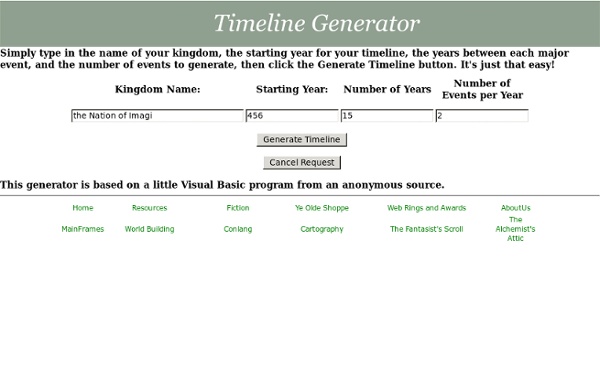Timeline Generator

Government
Government of any kind currently affects every human activity in many important ways. For this reason, political scientists generally argue that government should not be studied by itself; but should be studied along with anthropology, economics, history, philosophy, science, and sociology. Political science Etymology From Middle English government,[citation needed] from Old French government[citation needed] (French gouvernement), from Latin gubernatio ("management, government"). Classifying government In political science, it has long been a goal to create a typology or taxonomy of polities, as typologies of political systems are not obvious.[6] It is especially important in the political science fields of comparative politics and international relations. On the surface, identifying a form of government appears to be easy, as all governments have an official form. [clarification needed] The dialectical forms of government Forms of government by associated attributes Aristarchic attributes
Serendipity
Related:
Related:



